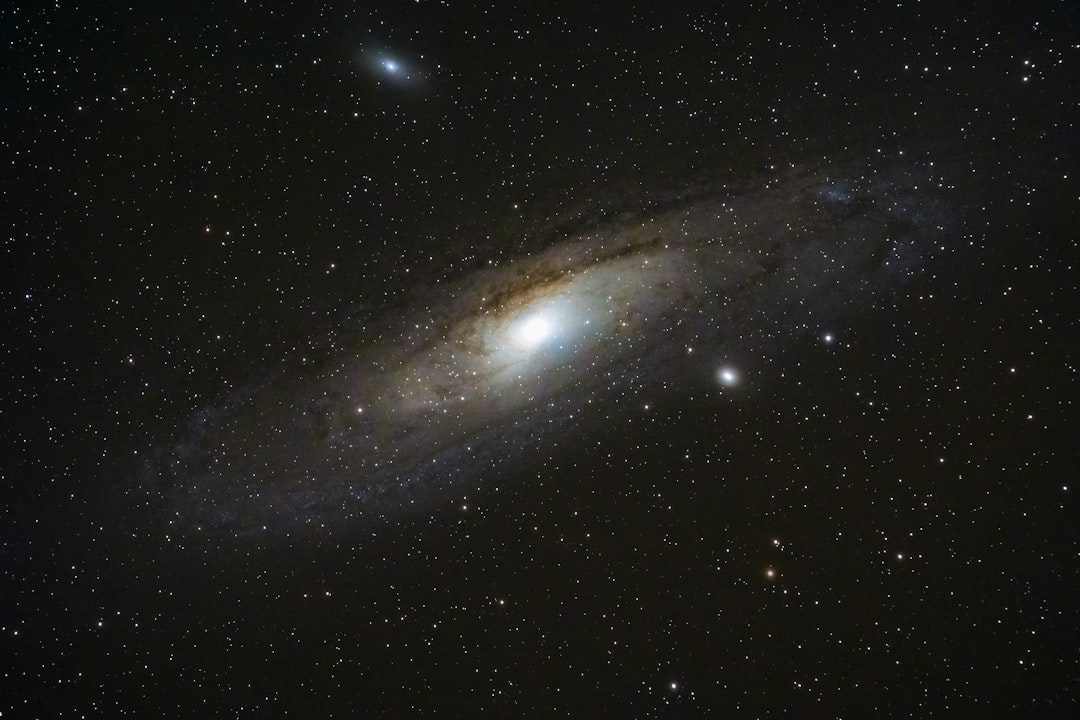What is it about?
Light passing through the interstellar medium gets polarized due to an interaction with aligned dust grains. This effect can be used to constrain the characteristics of the magnetic fields in space, as well as of other environmental parameters and the dust grains themselves, if a quantitative description of the mechanism aligning the dust can be achieved. This paper reviews the substantial recent progress towards achieving such a detailed and experimentally supported understanding.
Featured Image
Why is it important?
The effect of interstellar polarization was first discovered in 1949 with the first full theory of the effect presented in 1951. However, over the following 60 years, a comprehensive understanding - combining quantitative theoretical and observational support - remained elusive. Over the last decade, a new theoretical framework has been refined and a large number of specific experimental tests performed. These have led to the mechanism of Radiative Alignment Torques being accepted as the standard theory of interstellar grain alignment. With such a predictive, quantitative theory of grain alignment, the observed polarization - from the Ultraviolet to the Far Infrared - can now be, further developed to provide new tool and diagnostics of the interstellar medium, including the foreground effects affecting the polarized component of the cosmic microwave background radiation.
Perspectives
Fantastic journey with Alex, John and many others to get to where we got invited by ARA&A to write this chapter. Thanks, in particular to Alex!
Dr B-G Andersson
Universities Space Research Association
Read the Original
This page is a summary of: Interstellar Dust Grain Alignment, Annual Review of Astronomy and Astrophysics, August 2015, Annual Reviews,
DOI: 10.1146/annurev-astro-082214-122414.
You can read the full text:
Contributors
The following have contributed to this page










